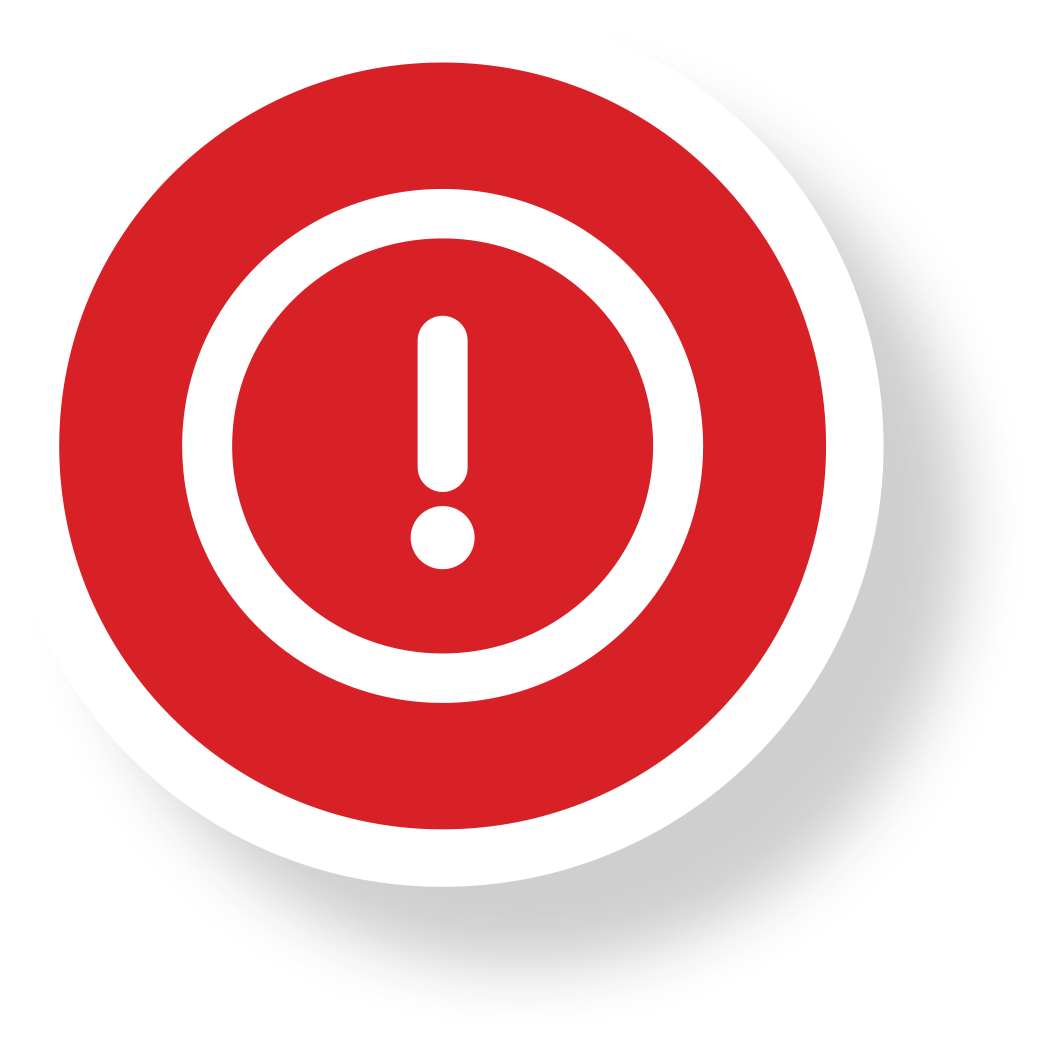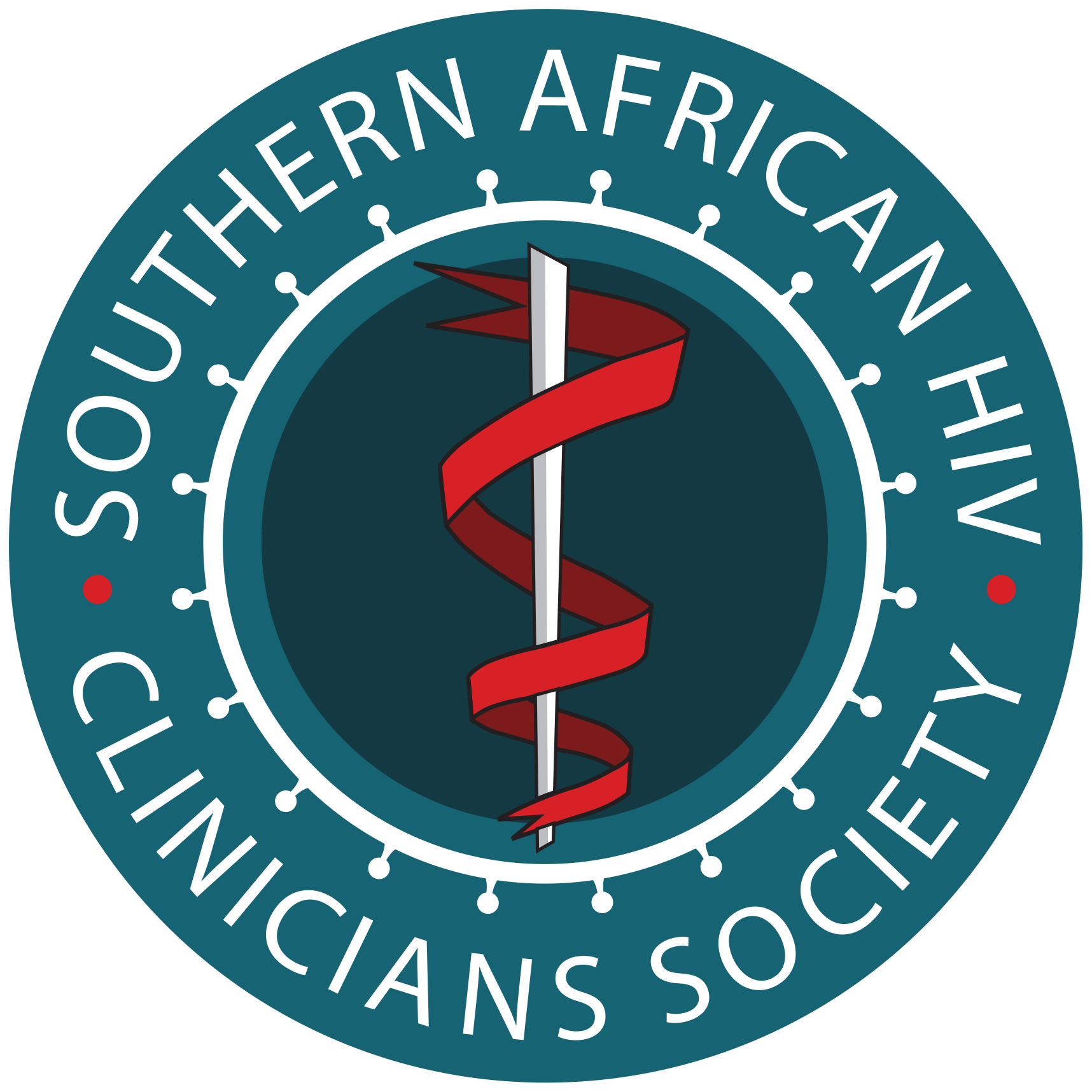ART Guidelines
References

 Key points
Key points - Renal function in chronic kidney disease is best estimated by the CKD EPI equations, rather than by the Cockroft-Gault or MDRD calculations.
- Renal function in AKI is defined by absolute creatinine level.
- For haemodialysis, the ART prescribed should be taken after dialysis.
In people with HIV (PWH) on chronic haemodialysis, there are a number of important ART considerations. The NRTI class is eliminated through the kidneys, thus most NRTIs require dose adjustment as per Table 24.
Note that there is good evidence that 3TC can be given without dose adjustment down to an eGFR of 30 ml/ min/1.73m2. 116 Below this, a dose 150mg can be given down to an eGFR of 15 ml/min/1.73m2. For those with an eGFR < 15 ml /min/1.73m2, some experts still recommend that the lowest available tablet dose of 150 mg 3TC daily be used (including in patients on dialysis) so as to avoid having to use the liquid formulation of 3TC, and because of the favourable safety profile and lack of data to suggest 3TC doserelated toxicity. This is particularly relevant if the 3TC liquid formulation is unavailable or not tolerated.
If available, TAF is preferred as part of a coformulated regimen in cases where eGFR is >30 ml/min/1.73m2. When used as a separate tablet, it can be given down to an eGFR of 15 ml/min/1.73m2, and to patients on hemodialysis.
| TABLE 24: Antiretroviral drug dose adjustments in chronic kidney disease† | |||||
| Drug | eGFR (ml/min/1.73m2) § | Haemodialysis (dosage after dialysis) | Peritoneal dialysis | ||
|---|---|---|---|---|---|
| 30-50 | 15–30 | < 15 | |||
| TDF | Avoid | Avoid | Avoid | 300 mg once weekly | Unknown |
| TAF | Unchanged | Unchanged* | Avoid | Unchanged* | Unknown |
| ABC | Unchanged | Unchanged | Unchanged | Unchanged | Unchanged |
| 3TC | Unchanged | 150 mg daily | 50 mg daily‡ | 50 mg first dose, thereafter 25 mg daily‡ | 50 mg first dose, thereafter 25 mg daily‡ |
| AZT | Unchanged | Unchanged | 300 mg daily | 300 mg daily | 300 mg daily |
| NNRTIs | Unchanged | Unchanged | Unchanged | Unchanged | Unchanged |
| PIs | Unchanged | Unchanged | Unchanged | Unchanged | Unchanged |
| InSTIs | Unchanged | Unchanged | Unchanged | Unchanged | Unchanged |
|
3TC, lamivudine; ABC, abacavir; ART, antiretroviral therapy; AZT, zidovudine; eGFR, estimated glomerular filtration rate; InSTIs, integrase strand
transfer inhibitors; MDRD, modification of diet in renal disease; NNRTIs, non-nucleoside reverse transcriptase inhibitors; PIs, protease inhibitors;
NRTIs, nucleoside reverse transcriptase inhibitors; TDF, tenofovir disoproxil fumarate.
†, This table was developed and modified from: (i) Bartlett JG, Gallant JE, Pham PA (eds). Medical Management of HIV Infection. 2009-2010. 15th ed. Baltimore, MD: John Hopkins University Press, 556 pp;(ii) Gilbert DN, Moellering RC, Eliopoulos GM, et al. (eds). The Sanford Guide to Antimicrobial Therapy 2012. 42nd ed., 232 pp; and (iii) HIV Medicine Association of the Infectious Diseases Society of America. Clinical Practice Guideline for the Management of Chronic Kidney Disease in Patients Infected With HIV: 2014 Update. Clin Infect Dis 2014;59(9):e96-e138. *, When coformulated with 3TC/FTC, a minimum eGFR of 30 ml/min/1.73m2 is recommended instead (and the drug should not be used in patients on haemodialysis either) to avoid administering excess of the 3TC/FTC component. ‡, Some experts recommend that the lowest available tablet dose of 150 mg 3TC daily be used in patients with advanced renal disease (eGFR < 10 mL/min/1.73m2 ) and patients on dialysis so as to avoid having to use the liquid formulation of 3TC, and because of the favourable safety profile and lack of data to suggest 3TC dose-related toxicity. This is particularly relevant if the 3TC liquid formulation is unavailable or not tolerated. §, Most laboratories report the eGFR calculated using a variation of the MDRD formula. This result should be used (in place of a self-calculated CrCl) to make decisions regarding dose modification. |
|||||
 Key points
Key points - Patients with HIV may develop end-stage renal failure owing to HIV-associated nephropathy or an HIVunrelated cause, necessitating chronic haemodialysis.
- TDF can be used in patients on chronic haemodialysis, but with once-weekly dosing which can be difficult for patients to remember.
- When administered as a separate tablet, TAF can be used without adjusting the dose in patients on chronic haemodialysis. However, when coformulated with 3TC/FTC, this is not recommended.
- AZT is generally avoided because of anaemia associated with renal failure.
- InSTIs and NNRTI drugs do not require dose adjustment.
- ATV concentrations are reduced in patients on haemodialysis to a greater degree than LPV concentrations
- ART drugs taken once daily, or the evening doses of drugs taken twice daily, should be given after haemodialysis session on dialysis days, to prevent the drug from being dialysed out.
- Patients on chronic haemodialysis should be reviewed by an HIV-expert at least 6-monthly, to monitor treatment efficacy and side-effects and to adjust the regimen when needed.
We recommend the following first-line option for patients on chronic haemodialysis: ABC (600 mg daily) + 3TC (50 mg first dose and thereafter 25 mg daily) + DTG (50 mg daily). On the days when haemodialysis is performed, the drugs should be given after the haemodialysis session. Note also that some experts recommend giving the lowest available tablet dose of 3TC (i.e. 150 mg) in this scenario (see above).

Not giving daily doses or the evening doses of a twice-daily regimen after the haemodialysis session on dialysis days, to prevent the drug from being dialysed out.
 Key points
Key points - In patients with acute kidney injury (AKI), NRTI dose adjustments should be implemented based on of the eGFR.
- TDF should be interrupted even if it is not thought to be the cause of the AKI.
- TAF coformulated with 3TC/FTC can be used in patients with renal dysfunction, provided eGFR > 30 ml/ min/1.73m2.
- Re-challenge with tenofovir (TDF or TAF) may be considered in patients 1-month post-resolution of AKI if tenofovir was not the cause and renal function returns to normal.
- In patients with AKI who are not yet receiving ART, initiation with an alternate regimen can be considered (avoiding TDF) or delayed by not more than 2 weeks if follow-up is assured.
- Once renal function is improving (creatinine on the downward trend), standard NRTI doses should be reintroduced to avoid under-dosing.
In patients with acute kidney injury (AKI), NRTI dose adjustments should be implemented (see Table 24). TDF should be interrupted even if it is not thought to be the cause of the AKI. Care should be taken to identify other drugs which may affect renal function (including supplements and traditional medicines), such as aminoglycoside antibiotics, nonsteroidal anti-inflammatory drugs, co-trimoxazole and iodinated radiocontrast; these drugs should be avoided where possible, including temporary discontinuation.
Once there is clear evidence that renal function is improving (creatinine is on a downward trend), standard NRTI doses should be reintroduced to avoid under-dosing. In patients with AKI who are not yet receiving ART, initiation can proceed with an alternate regimen (e.g. ABC/3TC/DTG) if there is reasonable assurance of patient follow-up. If ART initiation is delayed, it should not be delayed for more than 2 weeks, to avoid any increase in mortality. If renal function does not show any improvement after treating an acute event (e.g. sepsis) and this persists beyond 3 months, then the patient should be assessed for chronic kidney disease and referred to a physician who can evaluate and investigate further.

- Not stopping TDF in AKI.
- Performing other NRTI dose adjustment in patients with AKI.
- Not restarting ART once the AKI episode has improved/ resolved.
